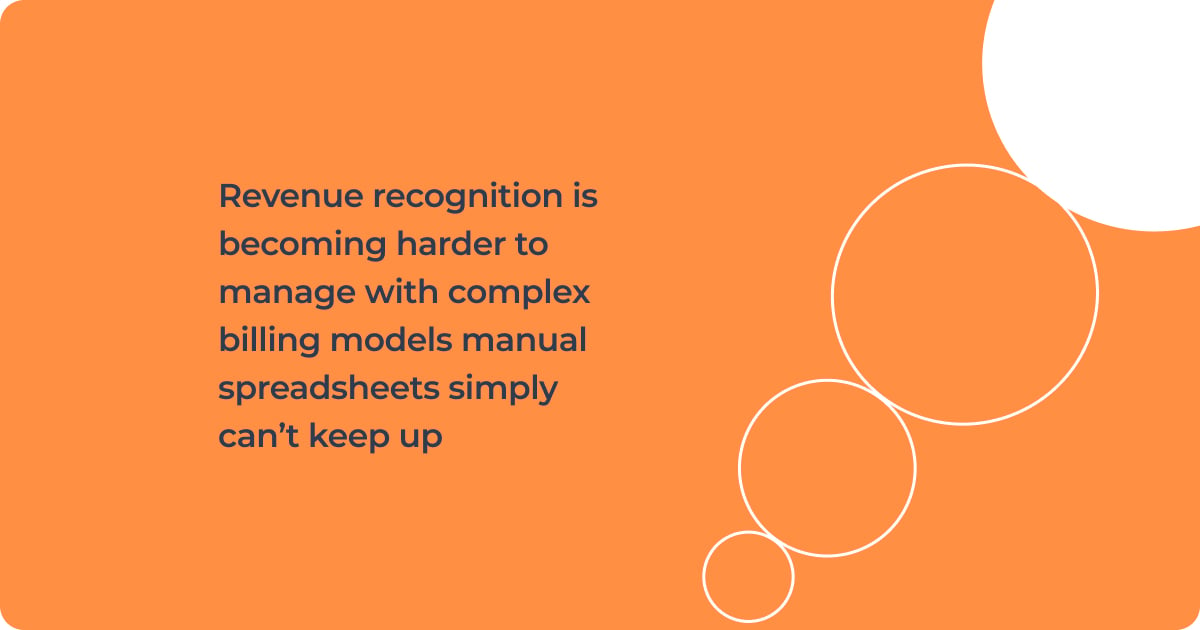Okay, let’s take a deep breath and dive into the world of the vocabulary of subscription management business. As we know, all businesses and individual verticals have an established glossary; a valuable tool to enhance understanding and communication in any area that uses special language. In this sense, the subscription management business is not an exception. Therefore it’s useful to give a quick and easy reference for understanding and/or clarifying possibly unfamiliar terms, which we and our customers use on a daily basis. Let’s take a look at the most common terms in the subscription management business.
1. Subscription Management and Pricing Models
Subscription Mechanics
- Subscription Management Software: Subscription management software is a tool that streamlines and automates the entire subscription process, from customer agreement placement to flexible pricing options, seamless billing and revenue recognition, and even software integrations for added efficiency.
- Subscription: An agreement to receive a product or service in a continuous manner.
- Contract Term: The period of time during which a contract is effective, and the subscriber agrees to adhere to the terms outlined.
- Auto-Renewal: An agreement in which the subscription remains active until the subscriber decides to cancel it.
- Reactivation: Allowing a customer to resume their subscription after it has been terminated.
Pricing Models and Plans
- Free Trial: A period during which a customer can try a service for free.
- Pay-per-use / Usage-Based Billing / Metered Billing / Consumption-Based Billing: A pricing model where customers are billed according to their usage of a product or service.
- Tiered Pricing: A pricing strategy that involves multiple price points for different levels of service.
- Multi-Tier Pricing: A strategy that involves selling a product or service at several different price points.
- Overage Charges: Additional fees that are charged when a customer has exceeded their allotted usage under their subscription plan.
- Freemium: A business model where the basic services are free, but more advanced features must be paid for.
- Prepaid Subscription: A subscription model where customers pay upfront for a set period of access to a service.
- Postpaid Subscription: A subscription model where customers pay for a service after they have used it.
- Evergreen Subscription: Subscriptions without a specific end date.
- Product Catalog: A feature within subscription management software that allows the company to manage all its products, plans, and pricing in one place.
- Add-ons: Extra services or features that customers can purchase in addition to their base subscription.
- Bundling: Offering multiple products or services as a single subscription price package.
2. Billing and Revenue
Billing and Payments
- Billing Cycle: The recurring schedule on which a customer is billed.
- Recurring Billing: The process of charging customers at regular intervals based on the customer agreement.
- Dynamic Billing: Pricing model where customers are billed based on the number of transactions or individual actions they complete or utilize.
- Hybrid Billing: It merges fixed fee components (e.g., project fees, fixed monthly charges, etc.) with usage-based elements (e.g., usage of disc space, number of transactions, etc.) or a multi-tiered pricing structure.
- Transaction Billing: A pricing model where customers are billed based on the number of transactions or individual actions they complete or utilize.
- Billing Mediation: the concept of processes in the billing cycle, especially in industries like telecommunications, utilities, and any other industry where large volumes of transaction or usage data need to be processed, transformed, and prepared for billing.
- Invoice: A document indicating what a customer owes for a service or product.
- Electronic invoicing: the exchange of an electronic invoice document with attachments between a supplier and a buyer in a structured format.
- Payment Gateway: A technology used to process payments for online transactions.
- Proration: Adjusting the amount a customer needs to pay on a pro-rata basis. for example invoice 14 days of usage on a daily basis for a monthly subscription.
- Chargeback: Return of funds to a consumer, initiated by the issuing bank.
- Factoring: A type of finance in which a business would sell its accounts receivable (invoices) to a third party to meet its short-term liquidity need.
- Revenue Recognition: The principles of when to recognize revenue in the company's financial statements.
Revenue Metrics and Types
- Recurring Revenue: Revenue that a company can reliably expect on a regular basis, such as monthly or quarterly.
- Revenue Leakage: Revenue leakage refers to the missed opportunity for recurring revenue that arises from inefficiencies within the system or manual errors.
- Revenue Expansion: An increase in a company's revenue due to existing customers purchasing more products or upgrading their subscriptions.
- MRR (Monthly Recurring Revenue): A measure of predictable and recurring revenue components.
- ARR (Annual Recurring Revenue): The value of recurring revenue normalized for a single calendar year.
- Revenue Per User (RPU): The amount of revenue generated per user.
- Average Revenue Per User (ARPU): The average revenue generated per user, calculated over a specific time period.
- Upgrade/Downgrade: The process of moving a customer to a higher or lower pricing tier.
- Grandfathering: A practice where existing subscribers maintain their current subscription price, even if the pricing model changes for new customers.
Customer Relationship and Service
Customer Lifecycle
- Onboarding: The process of integrating a new customer with a product or service.
- Dunning Management: The process of methodically communicating with customers to ensure the collection of accounts receivable.
- Retention Strategies: Methods used to keep customers subscribing to a service.
- Activation: The moment when a user first finds value in your product or subscribes to a paid plan.
- Offboarding: The process of managing a customer's exit from your product or service when they decide to cancel their subscription.
Customer Service
- Service Level Agreement (SLA): A contract that defines the level of service expected from the service provider.
- Customer Success: Ensuring customers achieve their desired outcomes while using your product or service.
- Refund Policy: The rules set by the company regarding the return of money upon cancellation or dissatisfaction with the service provided.
- Self-Service Portal: A website that provides customers with resources to manage their accounts and find answers to their questions without having to contact customer service.
- Customer Support: The range of services offered to assist customers in making cost-effective and correct use of the product.
- Scalability: The ability of a system to grow and manage increased demand.
Performance metrics and strategies
Customer Analytics
- Churn Rate: The rate at which customers stop doing business with an entity over a given period.
- Retention Rate: The percentage of customers who stay with a company over a given period.
- Customer Acquisition Cost (CAC): The total operating cost associated with convincing a customer to buy a product/service.
- Customer Lifetime Value (CLTV): The net profit contribution a customer makes over time.
- Subscription Analytics: Analysis of data related to customer subscription and usage patterns.
- Conversion Rate: The percentage of users who take a desired action.
- Customer Segmentation: The practice of dividing a company's customers into groups that reflect similarity among customers in each group.
- Revenue Churn: The loss of revenue from existing customers due to downgrades or cancellations.
- Engagement Metrics: Measures used to analyze how much users interact with the product or service, which may include frequency of use, session duration, etc.
- Net Promoter Score (NPS): A metric used to measure customer satisfaction and loyalty.
Sales and Marketing Techniques
- Discount Code/Coupon: A special code that subscribers can use to get a discount on their subscription.
- Upselling: A sales technique where a seller persuades the customer to purchase more expensive items.
- Cross-selling: A sales strategy where the seller provides.
- Retention Marketing: Marketing strategies designed to retain existing customers and increase their loyalty.
This glossary was conceived as an indispensable resource aimed at demystifying the specialized jargon that permeates the subscription management ecosystem. As businesses increasingly pivot toward subscription models, mastering these terms is not merely an academic exercise but a practical necessity. New terminologies will inevitably emerge as the software and associated technologies continue to evolve. In this blog, we have only scratched the surface, let's see what new trends and phrases there will be ahead!
If you'd like to know more, feel free to contact us or read more about Good Sign Software!
Sources: Internet search/Internal and external glossaries




